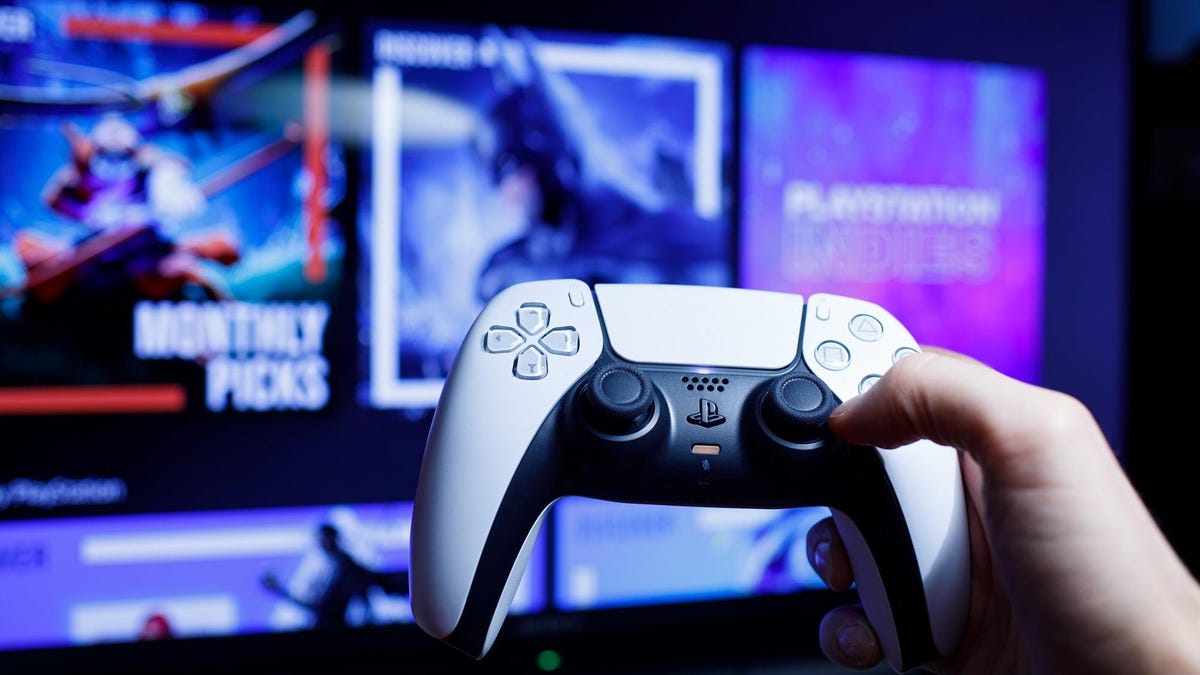Tech
Report: PlayStation 6’s Chip Choice Will Help With Backward Compatibility

Sony has chosen the chip manufacturer for the PlayStation 6 and it’s AMD, according to a new report by Reuters. Concerns around backwards compatibility with the PS5 were apparently one of the factors in the decision-making process.
Reuters reports (via VGC) that an intense bidding process for the PS6 contract was underway in 2022, with AMD eventually beating out competitors like Intel and Broadcom. One of the issues at play was apparently the profit margin that Intel wanted on each unit sold. Another thing that seemingly helped put AMD over the top was the fact that sticking with the chip maker would help limit potential issues around backwards compatibility for the next-gen console.
AMD designed the CPU and GPU for both the PS4 and PS5. In addition to the existing relationship, the continuation in manufacturing processes was likely part of why the transition between the two console generations was so smooth, with PS5 owners gaining access to thousands of games from the older console as soon as it launched. A similar transition for the PS6 would ensure three generations of of games, and players’ libraries, potentially all available on one device.
That’s in stark contrast to the PS3, whose unique Nvidia-based “cell” processor created all sorts of problems for developers porting games to the console and for Sony trying to get PS3 games playable on PS4. Without compatible hardware, software solutions are required, which can be costly and require huge investments from the console maker. Instead, Sony has so far opted to simply make PS3 games available on the PS5 solely through cloud gaming on the most expensive “Premium” tier of PS Plus.
The PS4 console cycle lasted seven years, and the PS5 one could go on even longer. Sony recently told investors that the current console was in the second half of its life, and in regulatory filings last year, the company suggested a PS6 wouldn’t launch before 2028. The PS5 Pro, coming in November for $700, could end up being the halfway point between the current generation and the release of a PS6.










